Misty damp day, warm up to 14*.
Hadrian’s Wall was on the list, several sites to be seen from, we chose Housesteads because it had the best reviews, and also it was a National Trust.
Took the back roads, fabulous scenery, hills & dales, then found ourselves climbing & climbing, up in the most & fog, couldn’t see a thing, snow markers along the way, when we crested the "Hill", we found we were at the top of Hartside Summit, 1903’. All that was there was a sad burnt out cafe, https://www.chroniclelive.co.uk/news/north-east-news/famous-hartside-cafe-near-alston-14376722
Hadrian’s Wall we found very interesting, amazing how architecture then is very similar to now! and even underfloor heating - for the boss anyway. It was extremely windy, 1/2 mile walk to the site, up hill too, (got the heart rate up). I was grateful for the WSB I was wearing. The museum was interesting, had a very enlightening video which ran for about 12mins.
Plenty of sheep grazing the surrounding paddock, brought back memories of Opunake Golf course, Kevin laughed, said he remembered the day, thinks it was Alan, Kathy, teed off, the ball hit a sheep and it bolted across the bridge with the ball nestled on its woolly back!!! Shoes need a clean tonight.
Arrived in Lazonby round 4.30pm, we’d been told about the huge annual mart they have for Mule Gimmer Lambs.
MULE: The success of the North of England Mule has assured its place throughout the country, but they are produced on the upland and hill farms of northern England.
This medium sized, cross-bred sheep is sired by a Bluefaced Leicester ram, a breed which is prolific, milky, lean fleshed and early maturing. The dam is a Swaledale or a Northumberland type Blackface, two breeds born and reared on the harsh northern fells and moors and noted for qualities of hardiness, thriftiness and longevity.
Gimmer: a female ewe lamb that will be kept as a breeding female rather than being sold for slaughter. A gimmer typically becomes a ewes after her first shearing.
The sheep are sold before the winter snows, a lot go to Wales, others to the south of England, but prices were well down on last year due to the drought again. However we did see a pen make £114 - AND THAT WAS EACH!
The catalogue listed 18,026 for sale, that’s, right 18,000+.
There is a show held at 4.30pm the day before, Tuesday. The auction began at 9.30pm today, and the second pen-in begin arriving after 4.30pm. Expected to finish selling by 8pm. A very long day. The second pen-in: after the first few are sold and empty pens become available.
The sale ring and office was right in the middle of the pens, we asked how we got a catalogue, a man kindly opened a gate, put us in the line of a pen of sheep and said to make our way thru. Hilarious, wouldn’t happen at home, we’d be told to get out of the way! We even shooed some along on the way.
We left 5.30pm and passed several tractors with trailers of sheep on their way to the sale still.
It’s a huge social day as well.
Had a drink. At a lovely Hotel on the way home, wasn’t a pub this one, far to posh.

 Housesteads Roman Fort - Hadrian's Wall, England, United Kingdom
Housesteads Roman Fort - Hadrian's Wall, England, United Kingdom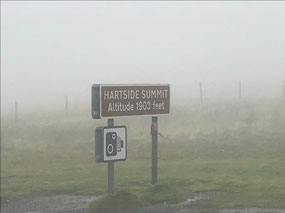
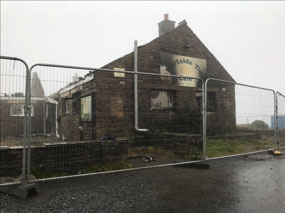
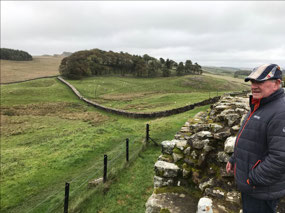

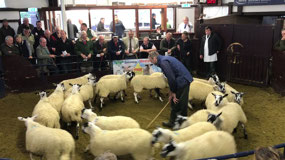
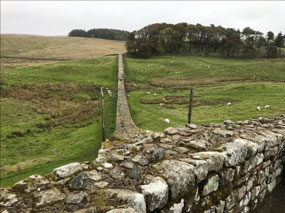
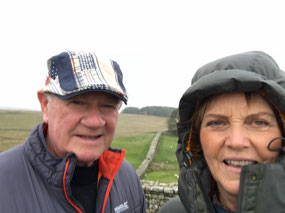
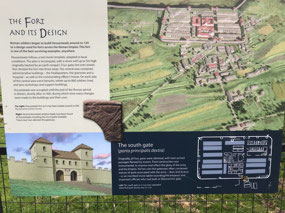
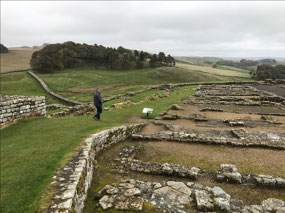
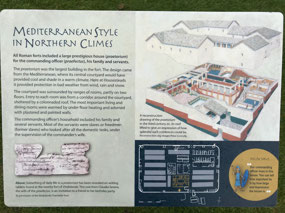
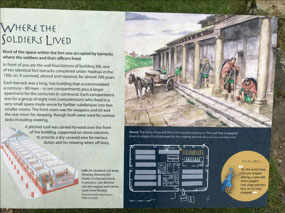
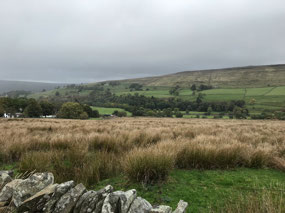

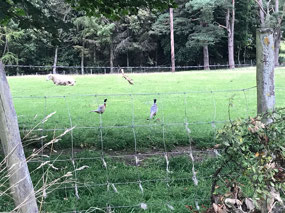
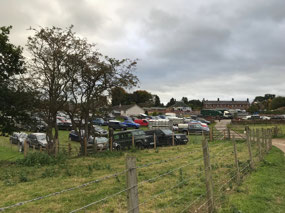
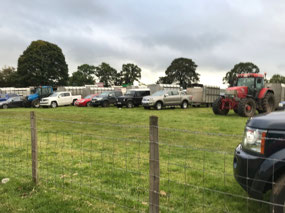
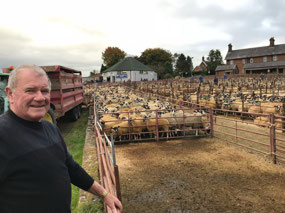
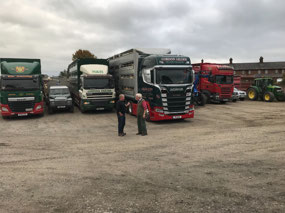
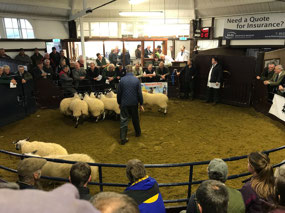
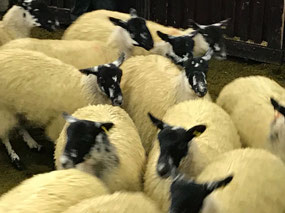
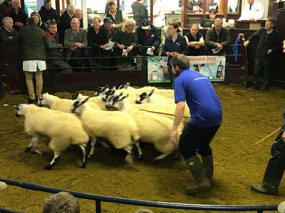
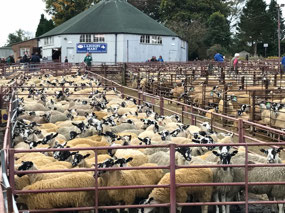
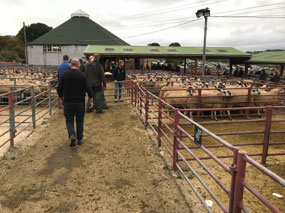
Jasha
2018-10-04
Brilliant opportunity to watch a sheep auction of this size. Thank you so much for your call Judith. Always great To hear your chirpy voice. Great chat. Thank you.
Pam
2018-10-04
I also hit a sheep up the rear end at Opunake. Uncle Harry was there. Enjoying reading about your trip
jukes
2018-10-04
Love it Pam! Graeme & Terry are reading the blog, I hope they see this, how come you were at Opunake??
jukes
2018-10-04
Uncle Harry’s mini van?